CLEAN AIR TOUR PROGRAM
Day 1. Tashkent.
Meeting at the airport. Check in to the hotel. A visit to the fishery. Here you will have the opportunity to learn about fish farming and fisheries from local anglers. Evening tour of Tashkent.
A visit to the Khazrat Imam Complex (16th century), where you can see the Koran of Khalifa Osman, the most ancient and complete copy of the Holy Quran, preserved to this day; Abul Kassim Madrasah (19th century), where you can visit the workshops of famous Tashkent artisans. As well as a visit to Independence Square in the modern part of the city. Overnight at the hotel.
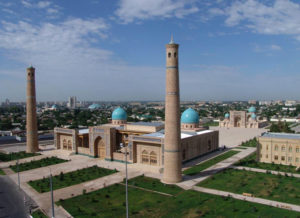

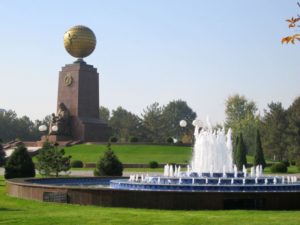
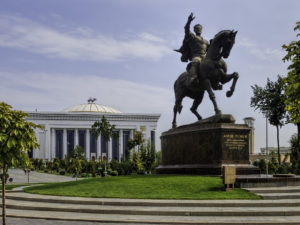
Day 2. Tashkent – Samarkand.
Early departure to Zaamin Reserve. Zaamin National Park was created in 1960-1976 in the spurs of the Turkestan range at an altitude of 1760 to 3500m above sea level. Its area is 10.5 thousand hectares, and 4161 hectares of this area are covered with forest. Walk through Zaamin Reserve, study of plants and birds. Moving to Samarkand. Hotel accommodation. Overnight at the hotel.

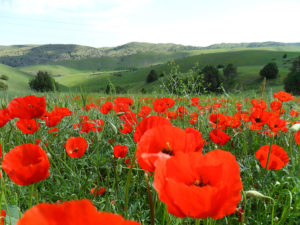

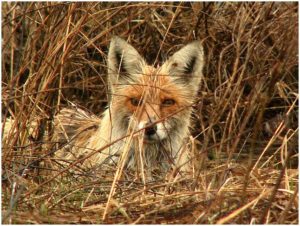
Day 3. Samarkand.
Early departure to Zarafshansky reserve (15 km). Ornithological and botanical excursion.
Zarafshansky reserve was established in 1975. It is located on the right bank of the Zarafshan River in its middle reaches. The length of the territory of the Zarafshan reserve is 47km, and the width is 1500m (in some places 300m). The reserve area is 2320 hectares, 30% of this area is covered with forest.
Here you will also see a rare species of Bukhara deer listed in the Red Book. Reverse transfer to Samarkaknd. Excursion in Samarkand. Visiting the Registan Square (15-17 centuries) – the unique monument of medieval architecture, the Bibi Khanim mosque (14th century) – the grandiose cathedral mosque of Samarkand, and the Gur Emir Mausoleum (14th century) – the family tomb of the Temurid dynasty. Overnight at the hotel.
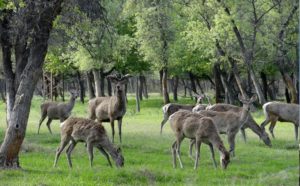
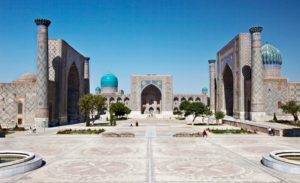
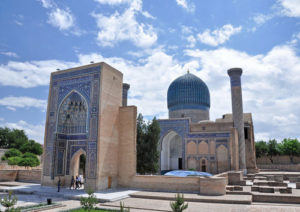

Day 4. Bukhara.
Early departure to the tract Sarmysh. This area is characterized by its diverse fauna, which includes rare species of birds and mammals, such as the steppe eagle, golden eagle, black swift, kurgannik, tolai hare, keklik, jerboa, Central Asian tortoise, hedgehogs, etc. In the region, 650 species are identified plants, 27 of which are endemic. At the end of the eco-excursion you will be transferred to Bukhara. Hotel accommodation. Excursion in Bukhara. A visit to the Samanid Mausoleum — the pearls of Central Asian architecture (early 10th century), the Poi Kalon Ensemble, the religious center of the city, and the Lyabi House Ensemble (16th century) —a magnificent architectural ensemble with an open pond.
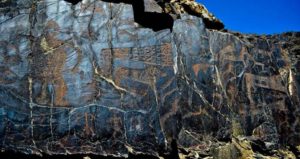
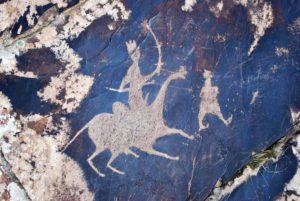
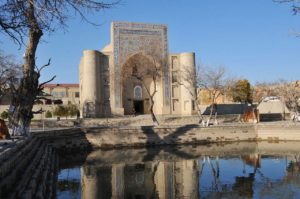
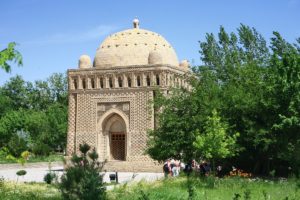
Day 5. Bukhara-Tashkent.
Early departure in the direction of the Amu-Bukhara Canal (50 km). A visit to the “Jeyran” Ecocentre is a research and production organization, which was organized in May 1977. for the purpose of breeding rare species of animals, among which it is possible to distinguish the Jeyran – Gazella subgutturosa, as well as the wild horses of Przhevalsky, kulans, Bukhara mountain sheep, and horned goats (Markhurs).
The landscape of this area is rich in different types of plants and herbs. Transfer to Lake Tudakul, known as a fish breeding site (23 km). Thickets around this lake provide shelter for thousands of birds, including migratory ones. Departure to the lake Tudakul, known as a place of breeding of various fish species (23 km).
The area around the lake is home to thousands of birds, including migratory ones. Thickets of reeds are a great place for nests and breeding chicks. Departure to Bukhara. Evening flight to Tashkent. Overnight at the hotel.
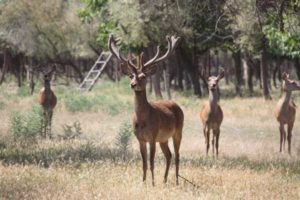
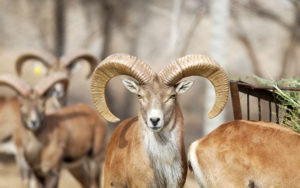


Day 6. Tashkent.
Airport transfer.
